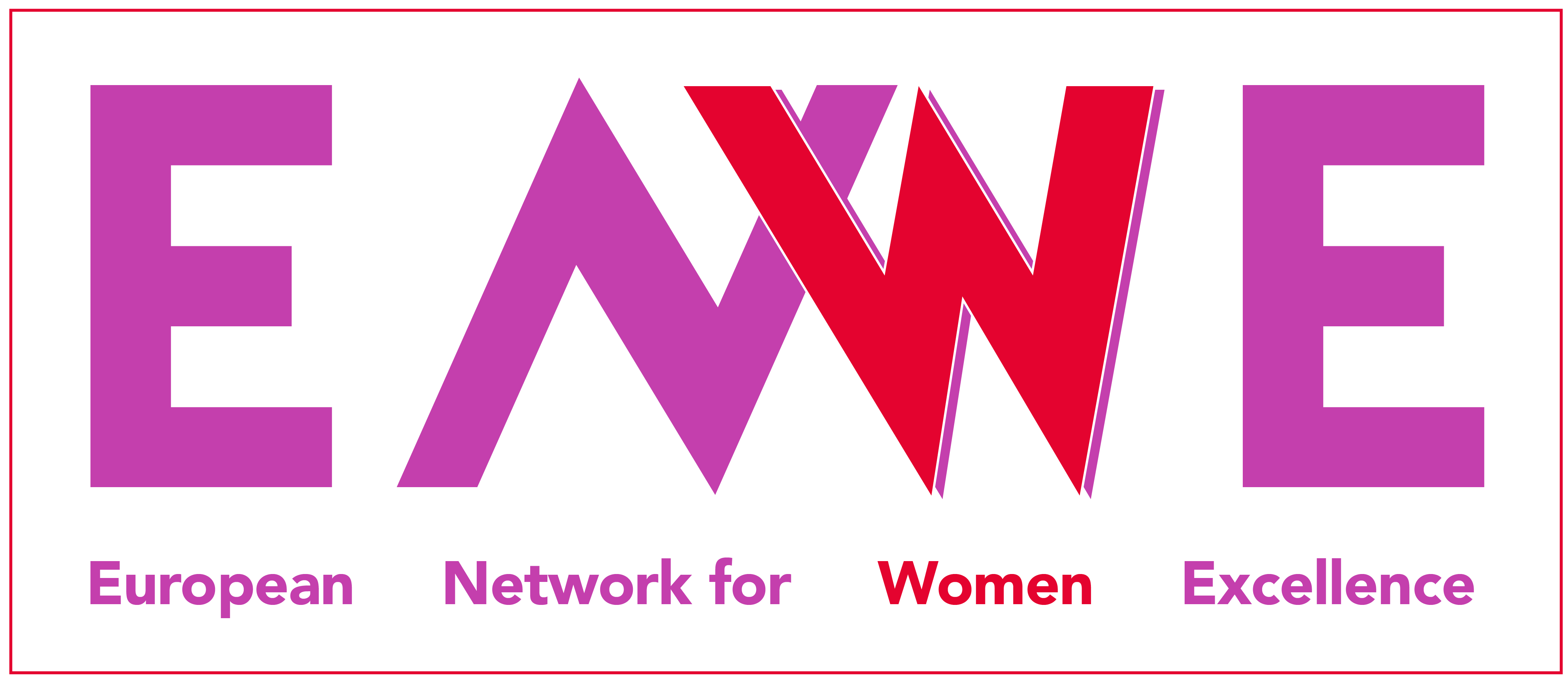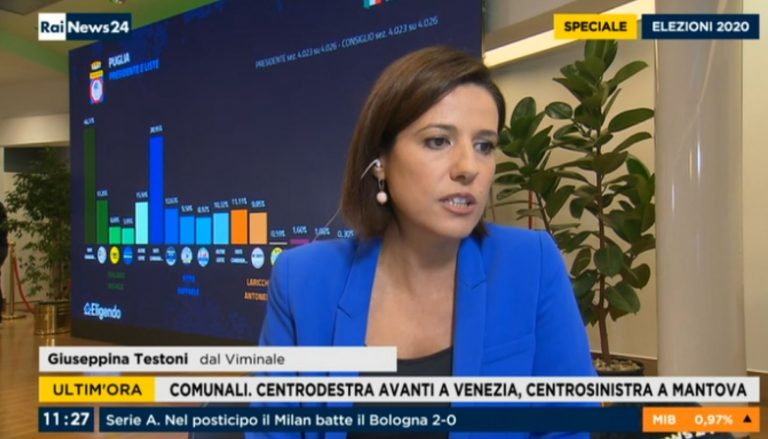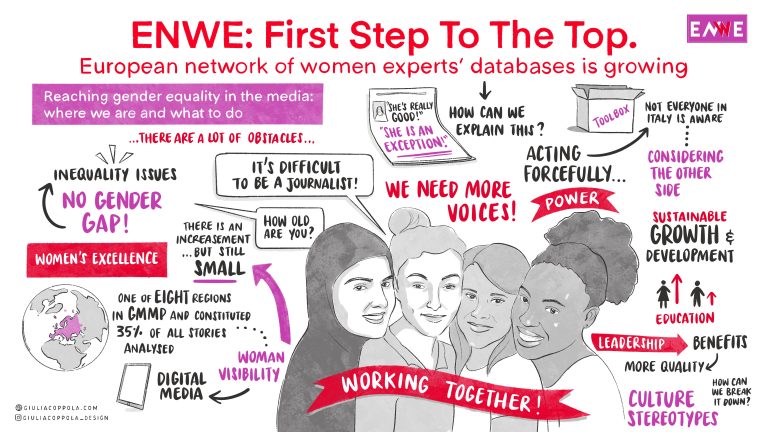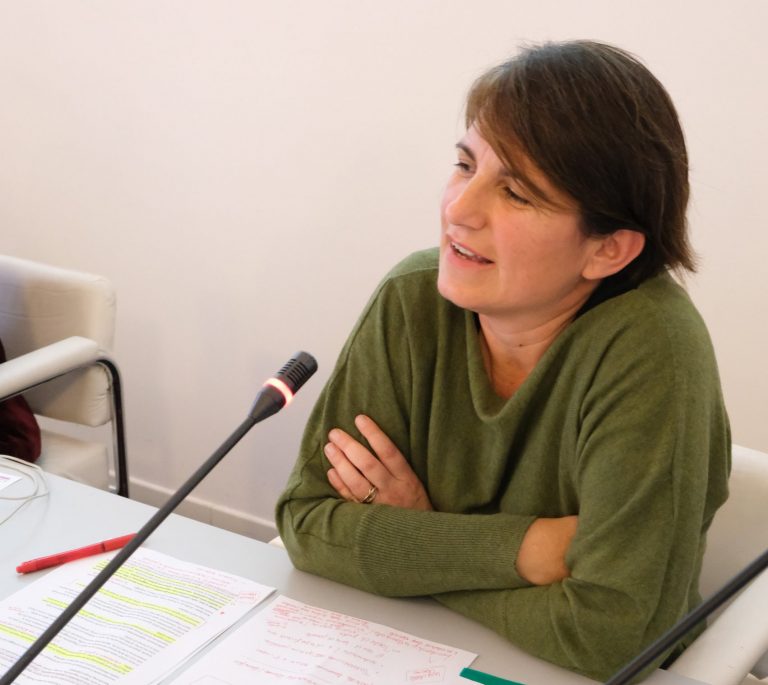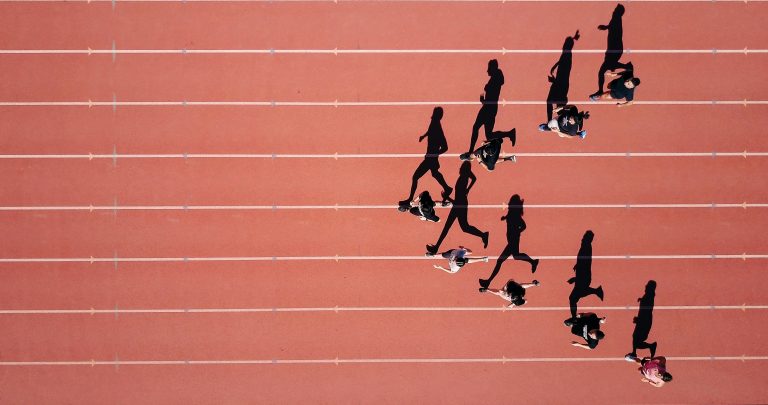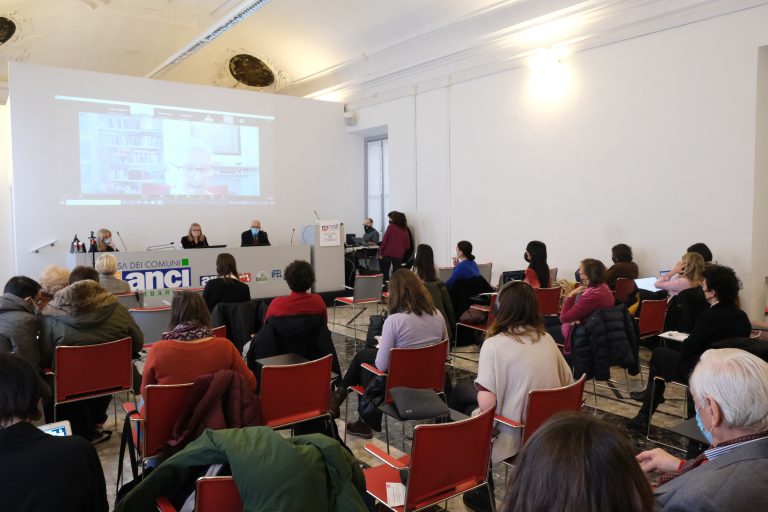A snapshot of women in journalism: many and with little power
By Elide Giordani
The condition of women journalists in Italy is no different from that of other professions. As emerged from the debate organized in Reggio Emilia by an extensive representation of members of the professional associations of lawyers, notaries, doctors, chemists, engineers, architects, accountants, and journalists, women earn less than men and have more significant difficulties in accessing these professions.
Visibility and decision-making power
In particular, when it comes to women in journalism, there is a visibility in the field of information that can be misleading. At least half of news and television program presenters are women, which affects the general perception around women’s presence. In reality, today, the two genders are increasingly equal in numbers, but women’s under-representation in decision-making roles stands out above all. More visibility, therefore, but less power in the processing of news.
According to the Who Makes the News report by the Global Media Monitoring Report, there are few women columnists, few women’s bylines on front page articles (just 20 percent), and rarely women editors-in-chief.
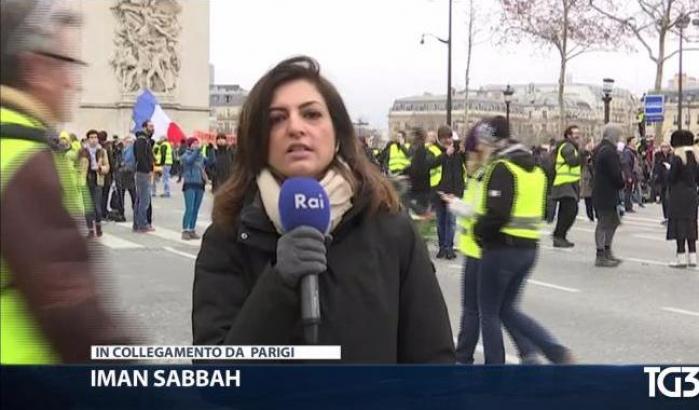
Women earn less than male colleagues.
According to INPGI [the national institute for Italian journalists’ social security] data, in 2016, the average income for women journalists was 52,158 Euros, compared to that of a male colleague of 66,092 Euros. In particular, women aged 56 to 60 recorded an average income of 75,976 Euros, while a male colleague in the same position earned 92,287 Euros.
Lowering the age range also narrows the gap, and the salary amount is very different too, reflecting a progressive and profound crisis in the profession. In 2016, female journalists aged 41 to 45 received 45,649 Euros, while male colleagues received 51,707 Euros. The average paycheck of a young woman under 30 was 19,198 Euros, not far from that of a male colleague: 19,953 Euros.
The number of women journalists registered with the Italian Professional Association
According to the Italian National Association of Journalists’ list, out of a total of 103,763 members (including 16,000 retirees), the number of women is 40,769, therefore 39.29 percent (data referring to September 2019). Men represent 60.70 percent.
But there is a trend to be highlighted, showing how the woman/man ratio is nearly even among younger generations. If, in fact, among journalists over 65 years old (of whom there are 19,568) the ratio is 20 percent women against 80 percent men, in the generations between the ages of 35 and 64 (this age group counts 71,855 registered journalists and represents by far the most significant range) the gap is already narrowing: 43.29 percent are women and 56.70 percent are men.
Lowering the age range even further and considering journalists under 35 (of which there are 12,340), the number of women and men becomes even closer: 46.39 percent are women, 53.60 percent are men. In the Emilia-Romagna region (7,031 members), women represent 36 percent. This evident greater parity of numbers has been affected by our society’s evolution, which has determined a more significant presence of women in the world of work, intellectual work in particular.
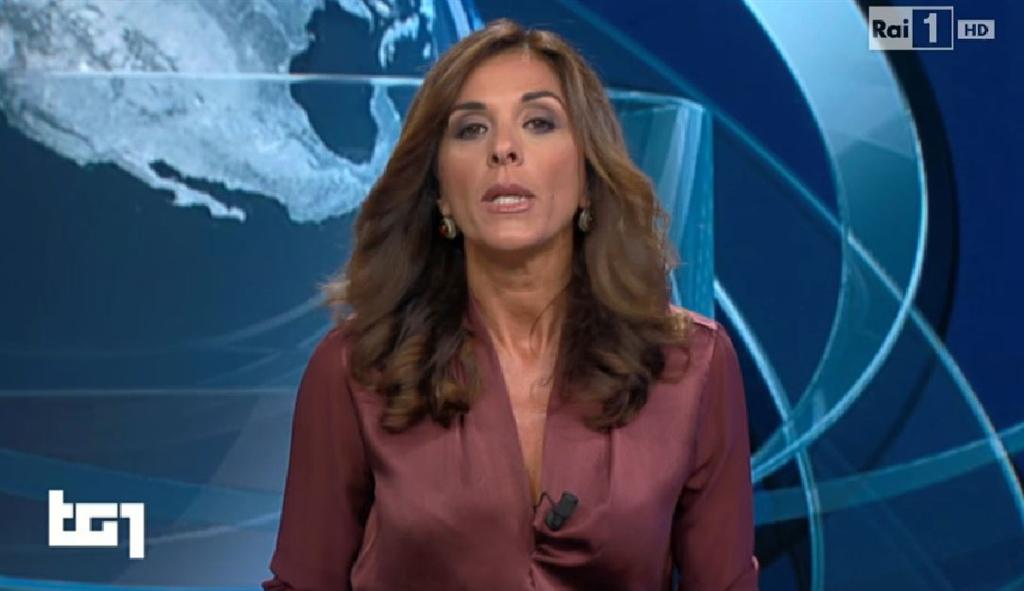
Few women journalists in representative bodies
However, there is a big difference in women journalists’ presence in representative professional bodies. In the professional association national council, women are represented at 17.54 percent. Some situations in regional councils are hardly not associated with discriminatory conditions, at least on the equal opportunities front.
Of a total of 228 regional councilors, who make up the 20 regional councils, only 56 are women, 24.56 percent. Only two of the Association of Journalists’ 20 regional councils have women presidents: the regions of Lazio and Molise; all the while there are councils such as the one in Calabria where there is not even one woman out of 13 members.
